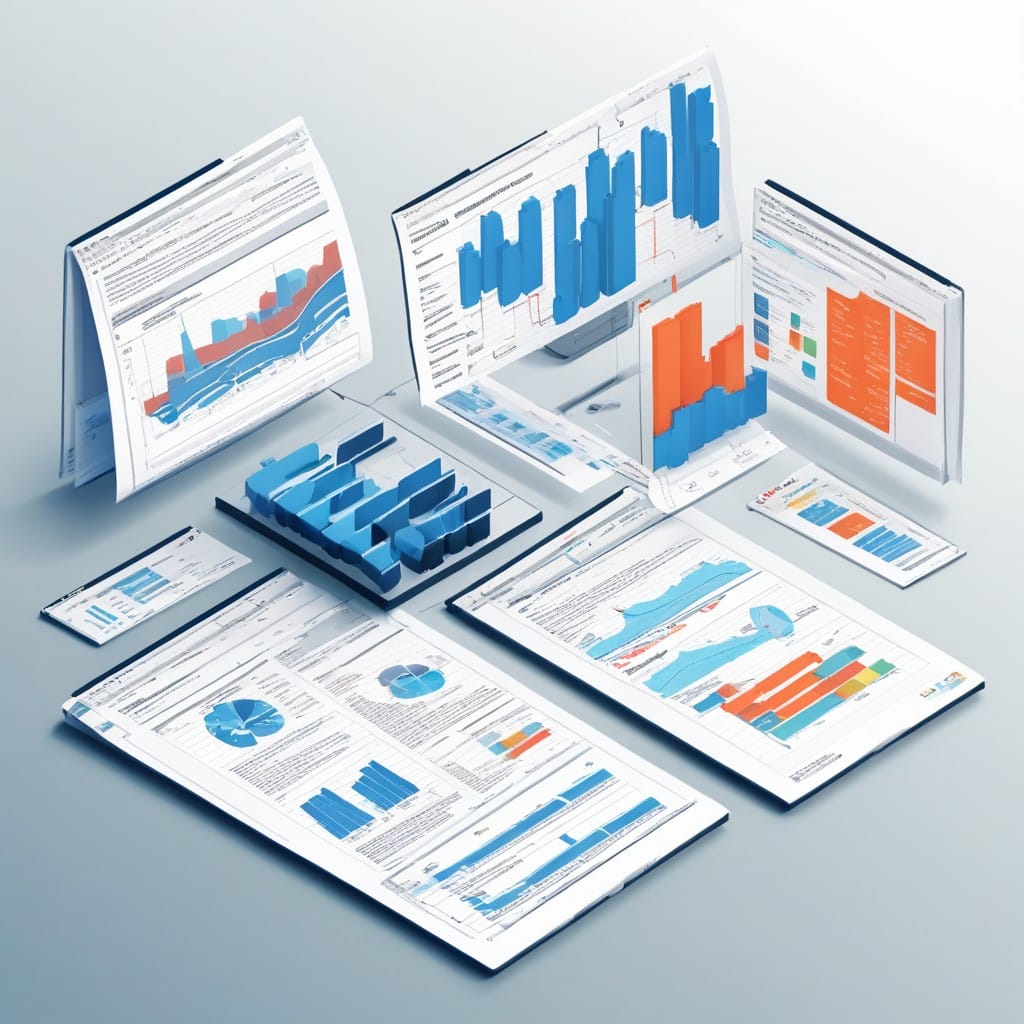Automating Business Reports with n8n: Dynamic PDF Generation from Multiple Data Sources

In today’s fast-paced business environment, manual report generation is a time-consuming and error-prone process. Companies rely on up-to-date, accurate reports to make informed decisions, but pulling data from multiple sources, formatting it, and distributing it can be a headache. Enter n8n, a powerful workflow automation tool that can streamline this process by dynamically generating PDF reports from diverse data sources.
In this blog post, we’ll explore how to automate business reports using n8n, integrating data from APIs, databases, and spreadsheets to create polished, professional PDFs—saving time and reducing manual effort.
Why Automate Business Reports?
Manual report generation involves:
- Time-consuming data collection from multiple platforms.
- Error-prone formatting when copying and pasting data.
- Delayed decision-making due to slow report turnaround.
Automation solves these challenges by:
- Pulling real-time data from APIs, databases, or cloud services.
- Standardizing formatting with templates.
- Scheduling automatic delivery to stakeholders.
How n8n Simplifies Report Automation
n8n is a low-code/no-code workflow automation platform that connects apps and services with customizable logic. Key features for report automation include:
- Multi-source data integration (REST APIs, SQL databases, Google Sheets, etc.).
- Conditional logic to filter and transform data.
- PDF generation using tools like PDFKit or external services.
- Email/Slack notifications for report distribution.
Step-by-Step: Automating PDF Reports in n8n
1. Set Up Your Data Sources
Connect n8n to your data sources:
- APIs: Use the HTTP Request node to fetch JSON/XML data.
- Databases: Query PostgreSQL, MySQL, or MongoDB with SQL or NoSQL nodes.
- Spreadsheets: Pull data from Google Sheets or Airtable.
2. Transform and Clean Data
Use n8n’s Function or Spreadsheet nodes to:
- Filter irrelevant records.
- Calculate metrics (e.g., sums, averages).
- Merge data from different sources.
3. Design a PDF Template
Use a PDF generation tool like:
- PDFKit (JavaScript): For custom layouts (requires code).
- External APIs (e.g., DocRaptor, PDFShift): For templated designs.
Example workflow:
1. HTML Template Node: Create an HTML structure with placeholders for dynamic data.
2. PDF Generation Node: Convert HTML to PDF.
4. Schedule and Distribute Reports
- Cron Node: Trigger reports daily/weekly/monthly.
- Email/Slack Node: Send PDFs automatically to stakeholders.
Example Workflow: Monthly Sales Report
- Fetch Data: Pull sales figures from Shopify (API) and expenses from Google Sheets.
- Process Data: Calculate profit margins using a Function Node.
- Generate PDF: Use an HTML template with charts (via Chart.js) and convert to PDF.
- Send Email: Attach the PDF and email it to the management team.
Benefits of Automating with n8n
- Time Savings: Reduce hours of manual work to minutes.
- Accuracy: Eliminate human errors in data entry.
- Scalability: Handle increasing data volumes effortlessly.
- Customization: Tailor reports to different departments or clients.
Conclusion
Automating business reports with n8n empowers teams to focus on analysis rather than data wrangling. By dynamically generating PDFs from multiple sources, businesses can ensure timely, accurate, and professional reporting—without the manual hassle.
Ready to streamline your reporting? Try n8n’s open-source platform or cloud version to build your first automated workflow today!
Would you like a deeper dive into any specific step, like integrating a particular API or designing PDF templates? Let me know in the comments!



